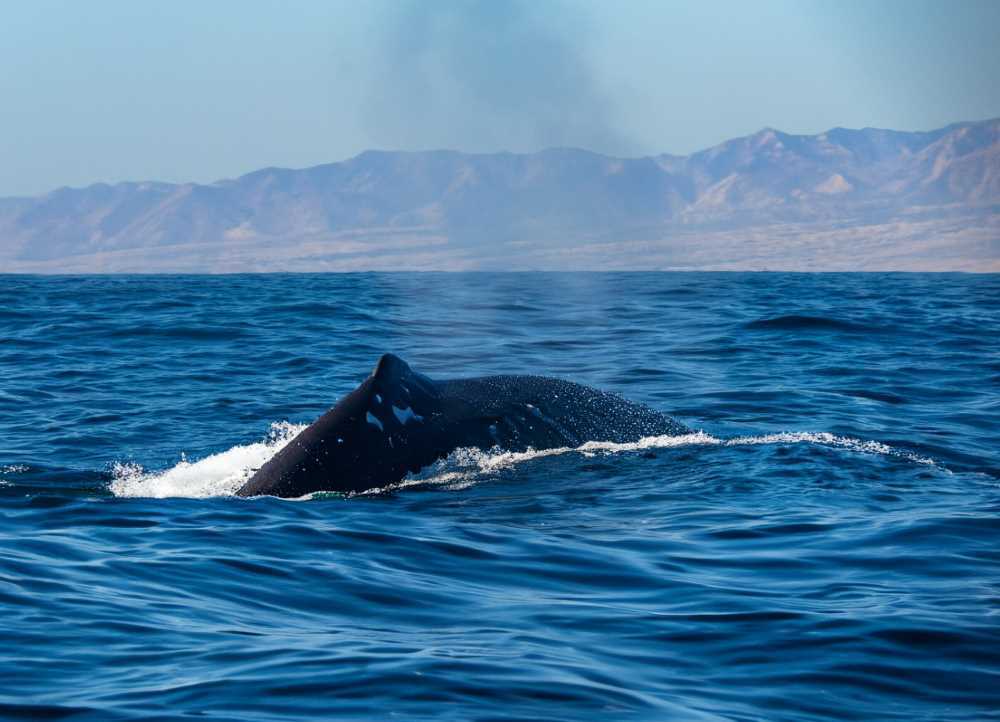The A-to-Z of Bahía de Los Angeles’ Marine Mammals
Imagine plunging into the “world's aquarium,” the Gulf of California, and finding yourself in the Bahía de Los Angeles—a marine utopia teeming with a staggering 83% of the planet's known cetacean species! From elusive blue whales to playful dolphins, it's a biodiversity hotspot like no other.

In the azure depths of the Gulf of California, often referred to as the “world's aquarium,” lies a hotspot of marine biodiversity that defies the norms of ecological distribution. The Bahía de Los Angeles, a pocket of water within this gulf, exemplifies a truly fascinating cross-section of the ocean's most charismatic inhabitants—marine mammals. From the intricacies of its oceanographic conditions to its role as a sanctuary for endangered species, this bay demands scholarly attention and ecological stewardship.
According to data, a remarkable 36 species of marine mammals make the Gulf of California their home. This number includes an array of 31 cetaceans from a plethora of families like Balaenidae, Eschrichtiidae, and Delphinidae, among others. Additionally, four pinnipeds from the families Phocidae and Otariidae, and even a bat from the family Vespertilionidae, add to this diverse menagerie. What’s staggering is the fact that 83% (39%) of the world’s known cetacean species can be found in this confined space.




